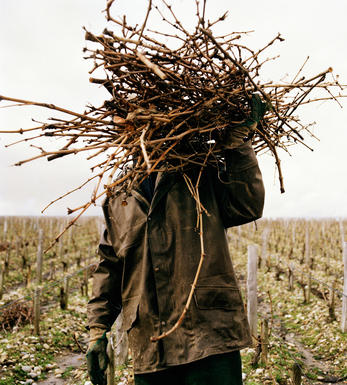
About this WINE

Chateau Labadie
Chateau Labadie was classed as a Cru Bourgeois in the 1932 classification and again in the 2003 revision. The wine estate lies at the northern tip of the Medoc, around the village of Begadan, and for many years the grapes were sold to the local co-operative.
In 1988, however, owners Yves and Adelaide Bibey changed policy and decided to make their own wine. In 1999 their son, Jerome, joined them and he has gradually taken over the control of the estate. The soil is a combination of clay/limestone, highly suited to the Merlot grape, and gravel, on which Cabernet Sauvignon is planted. The estate owns 40 hectares of vines, producing 2400 hectolitres each year from 50% Cabernet Sauvignon, 45% Merlot and 5% Cabernet Franc.
The wines are fermented in either stainless steel or cement tanks, and aged in oak barrels, a small percentage new, for 12-15 months prior to bottling.

Cabernet Sauvignon Blend
Cabernet Sauvignon lends itself particularly well in blends with Merlot. This is actually the archetypal Bordeaux blend, though in different proportions in the sub-regions and sometimes topped up with Cabernet Franc, Malbec, and Petit Verdot.
In the Médoc and Graves the percentage of Cabernet Sauvignon in the blend can range from 95% (Mouton-Rothschild) to as low as 40%. It is particularly suited to the dry, warm, free- draining, gravel-rich soils and is responsible for the redolent cassis characteristics as well as the depth of colour, tannic structure and pronounced acidity of Médoc wines. However 100% Cabernet Sauvignon wines can be slightly hollow-tasting in the middle palate and Merlot with its generous, fleshy fruit flavours acts as a perfect foil by filling in this cavity.
In St-Emilion and Pomerol, the blends are Merlot dominated as Cabernet Sauvignon can struggle to ripen there - when it is included, it adds structure and body to the wine. Sassicaia is the most famous Bordeaux blend in Italy and has spawned many imitations, whereby the blend is now firmly established in the New World and particularly in California and Australia.



Buying options
Add to wishlist
wine at a glance
Delivery and quality guarantee